Home>Gardening & Outdoor>Outdoor Recreation & Activities>How Many Gallons Of Water In A Swimming Pool
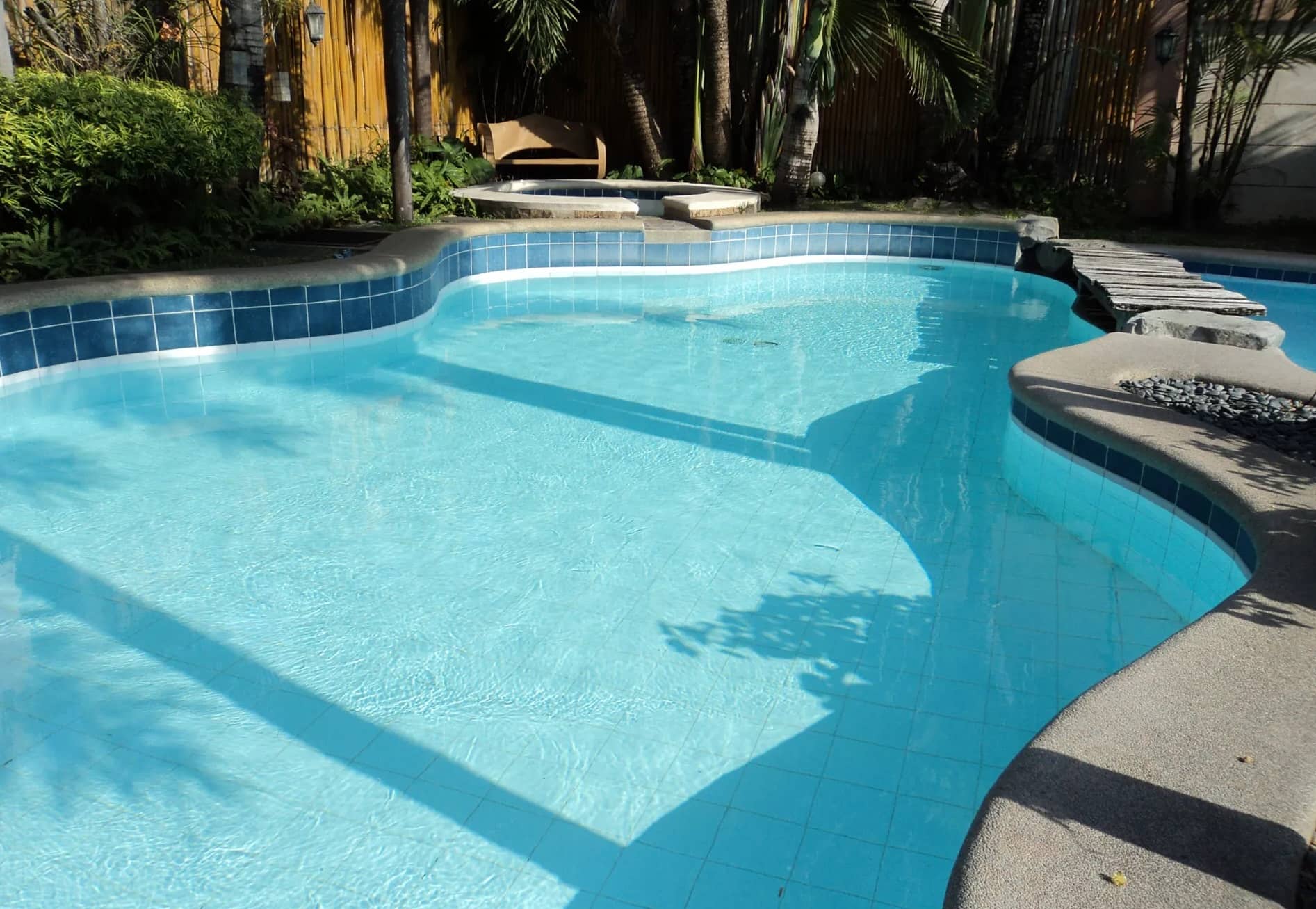

Outdoor Recreation & Activities
How Many Gallons Of Water In A Swimming Pool
Modified: November 2, 2024
Discover the ideal outdoor recreation and activities with our guide on how to calculate the gallons of water in a swimming pool. Dive in now!
(Many of the links in this article redirect to a specific reviewed product. Your purchase of these products through affiliate links helps to generate commission for Storables.com, at no extra cost. Learn more)
Introduction
Swimming pools are synonymous with relaxation, fun, and a refreshing escape from the summer heat. Whether it's a backyard oasis or a community center attraction, the allure of a sparkling pool is undeniable. However, have you ever wondered just how much water is needed to fill a swimming pool? The answer is not as straightforward as it may seem. The volume of water required for a pool is influenced by various factors, including its shape, size, and depth. Understanding these elements is crucial for pool owners and maintenance professionals to ensure the proper functioning and enjoyment of this aquatic haven.
In this comprehensive guide, we will delve into the intricacies of determining the water volume in a swimming pool. From the fundamental factors that impact water volume to practical methods for calculating and maintaining the appropriate water levels, this article will equip you with valuable insights to make informed decisions about your pool. Whether you're a first-time pool owner or a seasoned enthusiast, this exploration of water volume in swimming pools will deepen your understanding and appreciation of these aquatic retreats. So, let's dive in and unravel the mysteries of water volume in swimming pools!
Key Takeaways:
- Understanding the factors that affect water volume in a swimming pool, such as shape, size, and additional features, is crucial for maintaining the right water levels and enjoying a refreshing swim.
- By regularly monitoring, adjusting, and conserving water, pool owners can ensure proper water levels, prevent damage, and promote a sustainable and enjoyable swimming experience.
Factors Affecting Water Volume in a Swimming Pool
The water volume in a swimming pool is not solely determined by its dimensions. Several factors come into play, influencing the overall volume required to fill the pool adequately. Understanding these factors is essential for pool owners and maintenance professionals to effectively manage and maintain the pool's water levels. Let's explore the key factors that impact the water volume in a swimming pool:
1. Pool Shape and Design
The shape and design of a pool significantly affect its water volume. Pools come in various shapes, such as rectangular, oval, kidney-shaped, and freeform designs. Each shape has a different surface area and water-holding capacity. For instance, a kidney-shaped pool with curved edges may have a larger surface area than a standard rectangular pool of the same length, thereby requiring more water to fill it to the desired depth.
2. Pool Size and Depth
The size and depth of a pool play a crucial role in determining its water volume. Larger pools naturally require more water to fill, while the depth of the pool directly impacts the total volume. Deeper pools necessitate more water to achieve the desired water level, increasing the overall volume required for filling.
3. Sloping and Shallow Ends
Pools with sloping or shallow ends, commonly found in modern pool designs, can affect the water volume. The varying depths within the pool contribute to the overall water volume, as the shallow end may require less water compared to the deeper sections. Understanding the distribution of depths within the pool is essential for accurately estimating the required water volume.
Read more: How Many Liters Is A Swimming Pool
4. Additional Features
The presence of additional features, such as attached spas, waterfalls, or fountains, can impact the water volume in a swimming pool. These features not only add aesthetic appeal but also increase the overall water capacity needed to fill the pool and its accompanying elements.
5. Evaporation and Maintenance
Factors such as evaporation, backwashing, and splash-out due to recreational activities can lead to water loss in the pool. Pool owners need to account for these ongoing maintenance activities and potential water loss when estimating the overall water volume required to maintain proper water levels.
Understanding these factors is crucial for accurately assessing the water volume needed for a swimming pool. By considering the pool's shape, size, depth, additional features, and maintenance requirements, pool owners can effectively manage and maintain the optimal water levels for a refreshing and enjoyable swimming experience.
Calculating Water Volume Based on Pool Shape
The shape of a swimming pool is a fundamental factor in determining its water volume. Different pool shapes possess varying surface areas and water-holding capacities, necessitating distinct approaches to calculate the required water volume accurately. Let's explore the methodologies for calculating water volume based on different pool shapes:
Rectangular Pools
Rectangular pools, characterized by their straight sides and right angles, offer a straightforward method for calculating water volume. The formula for determining the volume of a rectangular pool involves multiplying the length, width, and depth of the pool. This formula, length x width x depth, provides a simple yet effective way to calculate the water volume, ensuring that the pool is adequately filled to the desired depth.
Read more: How Many Yards In A Swimming Pool
Oval and Circular Pools
Oval and circular pools, with their curved perimeters, require a slightly different approach for calculating water volume. The formula for these pool shapes involves multiplying the constant π (pi) by the radius squared and the depth of the pool. The formula π x radius^2 x depth allows pool owners and maintenance professionals to accurately estimate the water volume required for oval and circular pools, accounting for their unique geometrical properties.
Kidney-Shaped and Freeform Pools
Kidney-shaped and freeform pools, known for their irregular and asymmetrical designs, present a more complex challenge when calculating water volume. Due to their non-standard shapes, these pools require a combination of geometric approximations and measurements to determine the water volume accurately. Pool owners may need to divide the pool into distinct sections, such as rectangles and triangles, to calculate the total water volume effectively.
Geometric Considerations
In addition to the specific formulas for different pool shapes, it is essential to consider the geometric nuances of the pool, such as the transition areas between different shapes and the presence of steps or ledges. These features can impact the overall water volume, requiring meticulous measurements and calculations to ensure precise estimations.
By understanding the distinct approaches for calculating water volume based on pool shape, pool owners and maintenance professionals can effectively manage and maintain the optimal water levels for various pool designs. These calculations serve as valuable tools for ensuring that the pool is filled to the appropriate depth, creating a refreshing and inviting aquatic environment for leisure and enjoyment.
Estimating Water Volume Based on Pool Size
Estimating the water volume based on the size of a swimming pool is a critical aspect of pool maintenance and management. Pool size directly influences the amount of water required to achieve the desired water level, making accurate estimations essential for maintaining optimal pool conditions. Whether it's a compact backyard pool or a sprawling community center facility, understanding the methodologies for estimating water volume based on pool size is paramount for pool owners and maintenance professionals.
The process of estimating water volume based on pool size involves leveraging the pool's dimensions to calculate the total water capacity accurately. By considering the length, width, and depth of the pool, pool owners can derive precise estimations that facilitate effective water management and maintenance. Let's explore the methodologies for estimating water volume based on pool size:
Read more: How Many Glasses Of Water In A Gallon
Length, Width, and Depth Calculations
The fundamental approach to estimating water volume based on pool size entails calculating the total capacity using the pool's length, width, and depth. By multiplying these dimensions, pool owners can obtain a comprehensive understanding of the water volume required to fill the pool adequately. This method is particularly effective for standard rectangular or square pools, where the dimensions lend themselves to straightforward calculations.
Irregular Pool Shapes
For pools with irregular or non-standard shapes, such as kidney-shaped or freeform designs, estimating water volume based on size requires a more nuanced approach. Pool owners may need to divide the pool into distinct sections, such as rectangles and triangles, to calculate the total water volume accurately. By breaking down the irregular shape into geometric components, precise estimations can be derived, ensuring that the pool is filled to the appropriate depth.
Consideration of Water Displacement
When estimating water volume based on pool size, it is crucial to account for potential water displacement caused by the presence of steps, ledges, or built-in features. These elements can impact the overall water capacity, necessitating meticulous measurements and calculations to ensure accurate estimations. By factoring in water displacement, pool owners can maintain the desired water levels and optimize the pool's functionality.
By leveraging these methodologies for estimating water volume based on pool size, pool owners and maintenance professionals can effectively manage and maintain the optimal water levels for various pool sizes and designs. These calculations serve as invaluable tools for ensuring that the pool is filled to the appropriate depth, creating a refreshing and inviting aquatic environment for leisure and enjoyment.
Tips for Maintaining Proper Water Levels in a Swimming Pool
Maintaining proper water levels in a swimming pool is essential for ensuring optimal functionality, water quality, and overall enjoyment. From preventing equipment damage to promoting safety, maintaining the right water levels is a crucial aspect of pool ownership and maintenance. Here are some valuable tips to help pool owners effectively manage and sustain proper water levels in their swimming pools:
-
Regular Monitoring: Consistently monitor the water levels in your pool to detect any fluctuations. Periodic checks allow you to identify potential issues early and take corrective measures promptly. This proactive approach helps prevent water levels from dropping too low or rising excessively, safeguarding the pool's integrity and performance.
-
Adjusting Water Levels: Depending on factors such as evaporation, backwashing, and splash-out, you may need to adjust the water levels periodically. Using a garden hose or a pool water filler, carefully add water to maintain the optimal level. Conversely, if the water level is too high, using a submersible pump can help remove the excess water efficiently.
-
Accounting for Rainfall: During periods of heavy rainfall, the water level in the pool can rise significantly. It's important to monitor the weather forecast and be prepared to manage excess water accumulation. Utilizing a pool cover or implementing drainage systems can help mitigate the impact of heavy rainfall on the pool's water levels.
-
Addressing Leaks Promptly: Any signs of water loss or leaks should be addressed promptly to prevent a decline in water levels. Conduct regular inspections to identify and repair any leaks in the pool structure, plumbing, or filtration system. Timely repairs not only preserve water levels but also contribute to the overall efficiency and longevity of the pool.
-
Maintaining Proper Filtration: A well-maintained filtration system is essential for preserving water levels and quality. Clean and functional filters ensure efficient water circulation and minimize the need for excessive water replenishment. Regular filter maintenance and cleaning contribute to sustainable water levels and a pristine swimming environment.
-
Conserving Water: Implementing water conservation practices, such as using pool covers to minimize evaporation and optimizing filtration schedules, can help conserve water and maintain stable water levels. By minimizing unnecessary water loss, pool owners can contribute to environmental sustainability while ensuring consistent water levels.
-
Seeking Professional Assistance: In cases where water level management becomes challenging or complex, seeking professional assistance from pool maintenance experts is advisable. Professional guidance and services can help address underlying issues, optimize water management strategies, and ensure the long-term stability of water levels in the pool.
By implementing these tips for maintaining proper water levels, pool owners can uphold the functionality, aesthetics, and sustainability of their swimming pools. Consistent monitoring, proactive adjustments, and adherence to best practices contribute to an optimal swimming experience while preserving the integrity of the pool's water levels.
Frequently Asked Questions about How Many Gallons Of Water In A Swimming Pool
Was this page helpful?
At Storables.com, we guarantee accurate and reliable information. Our content, validated by Expert Board Contributors, is crafted following stringent Editorial Policies. We're committed to providing you with well-researched, expert-backed insights for all your informational needs.
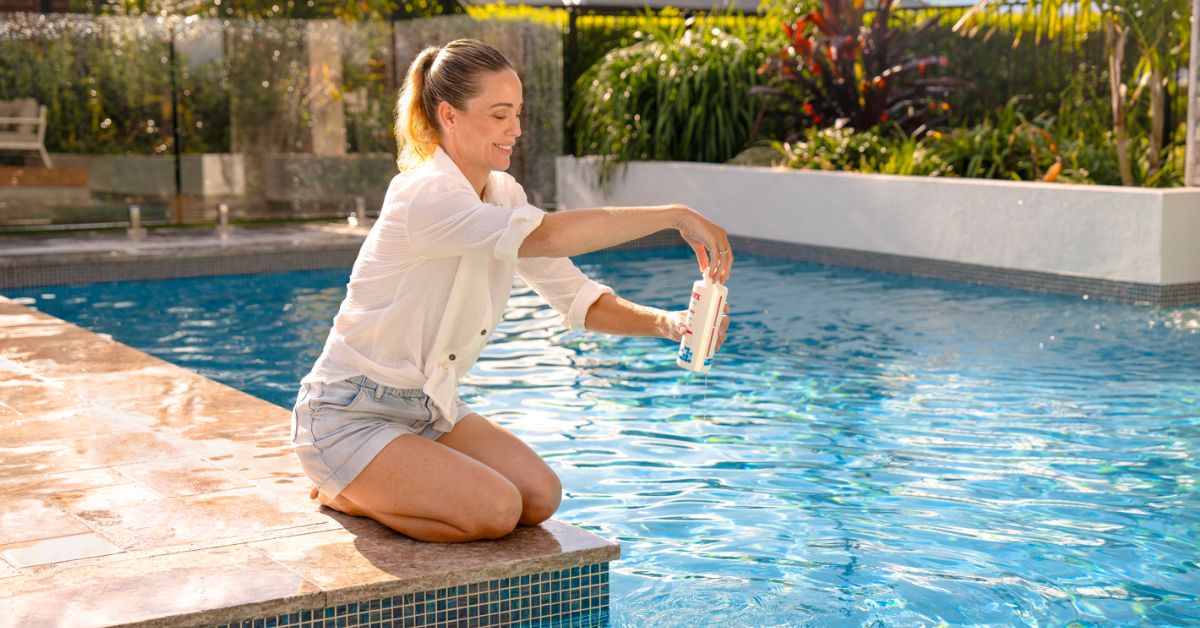
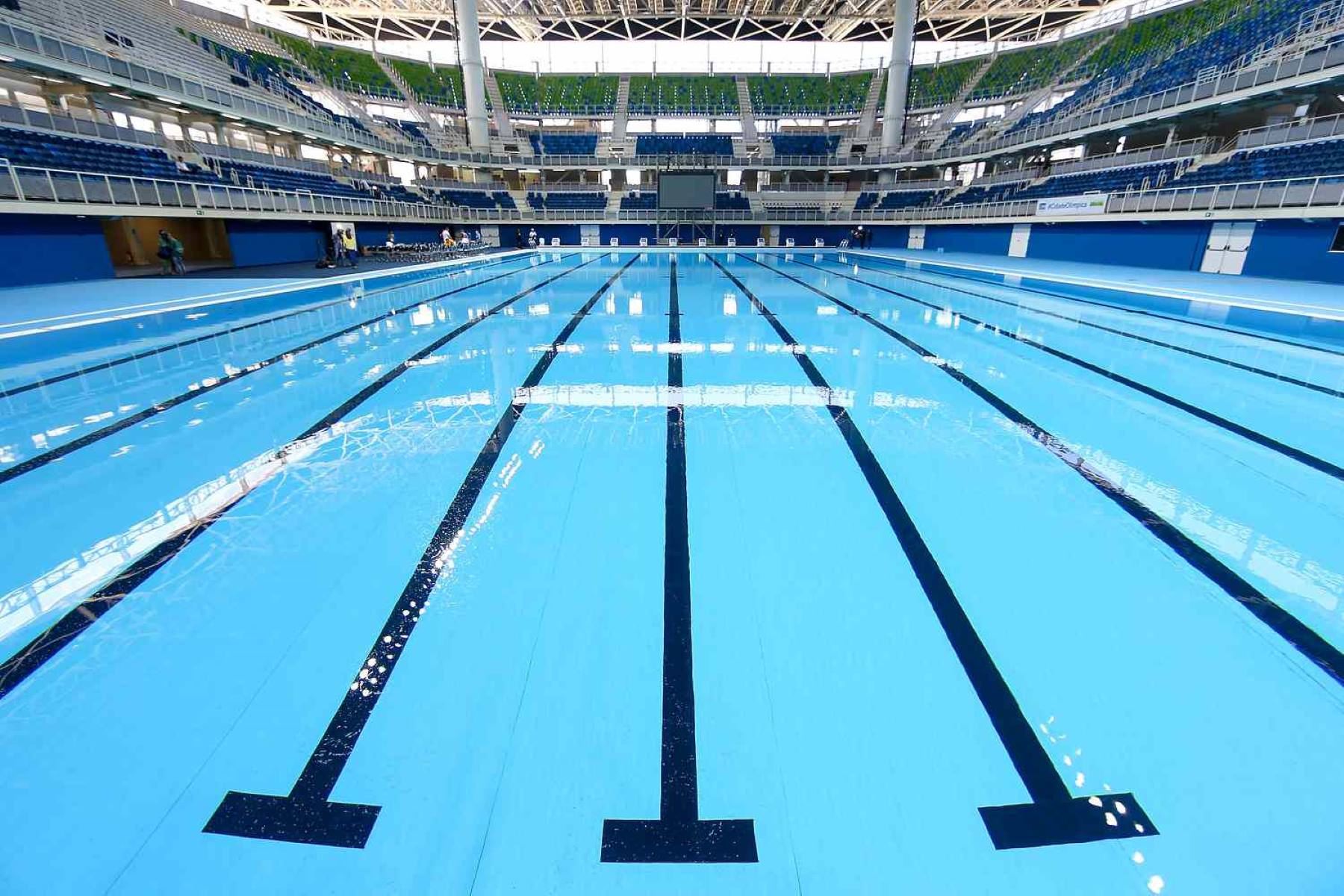
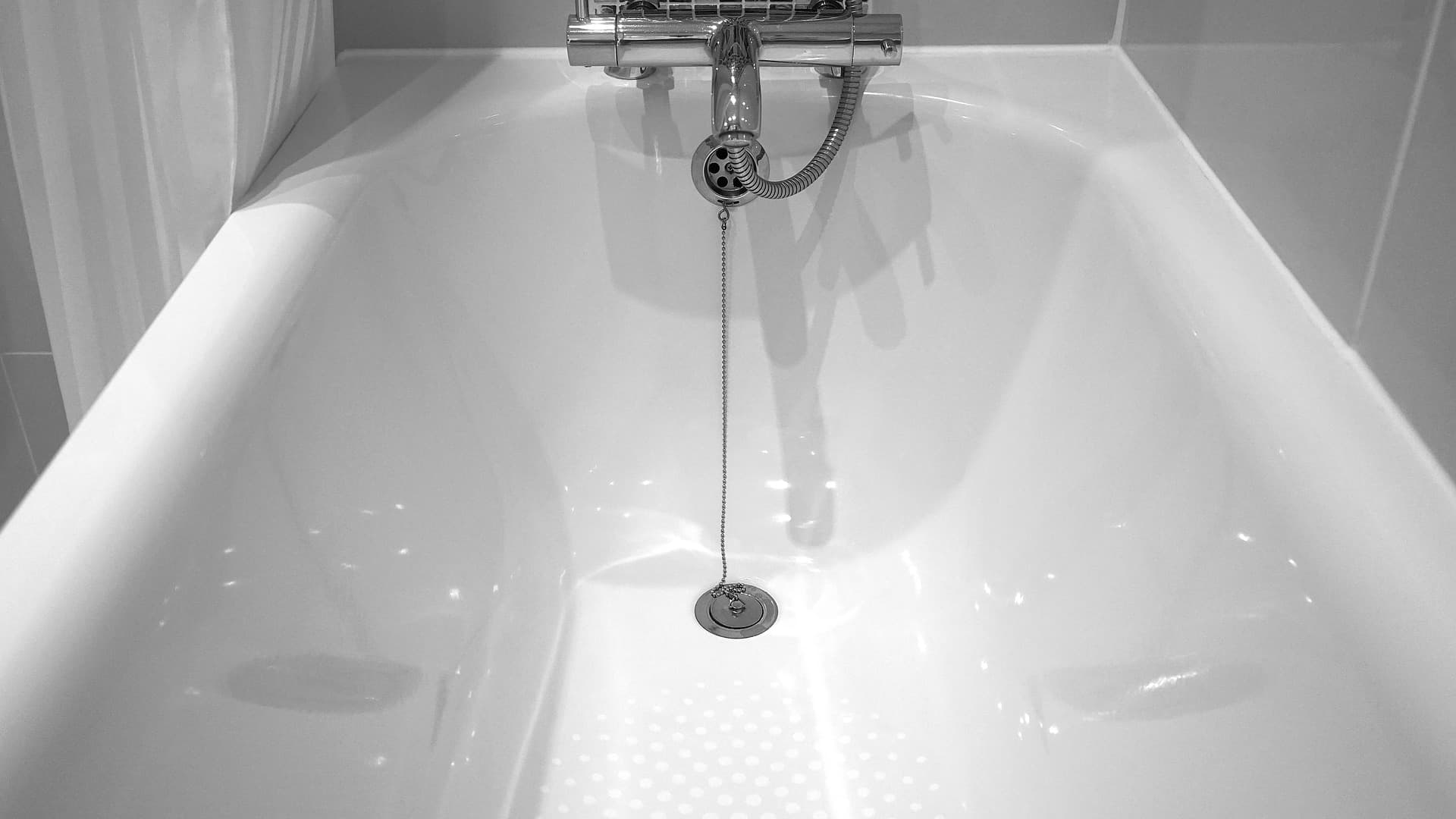
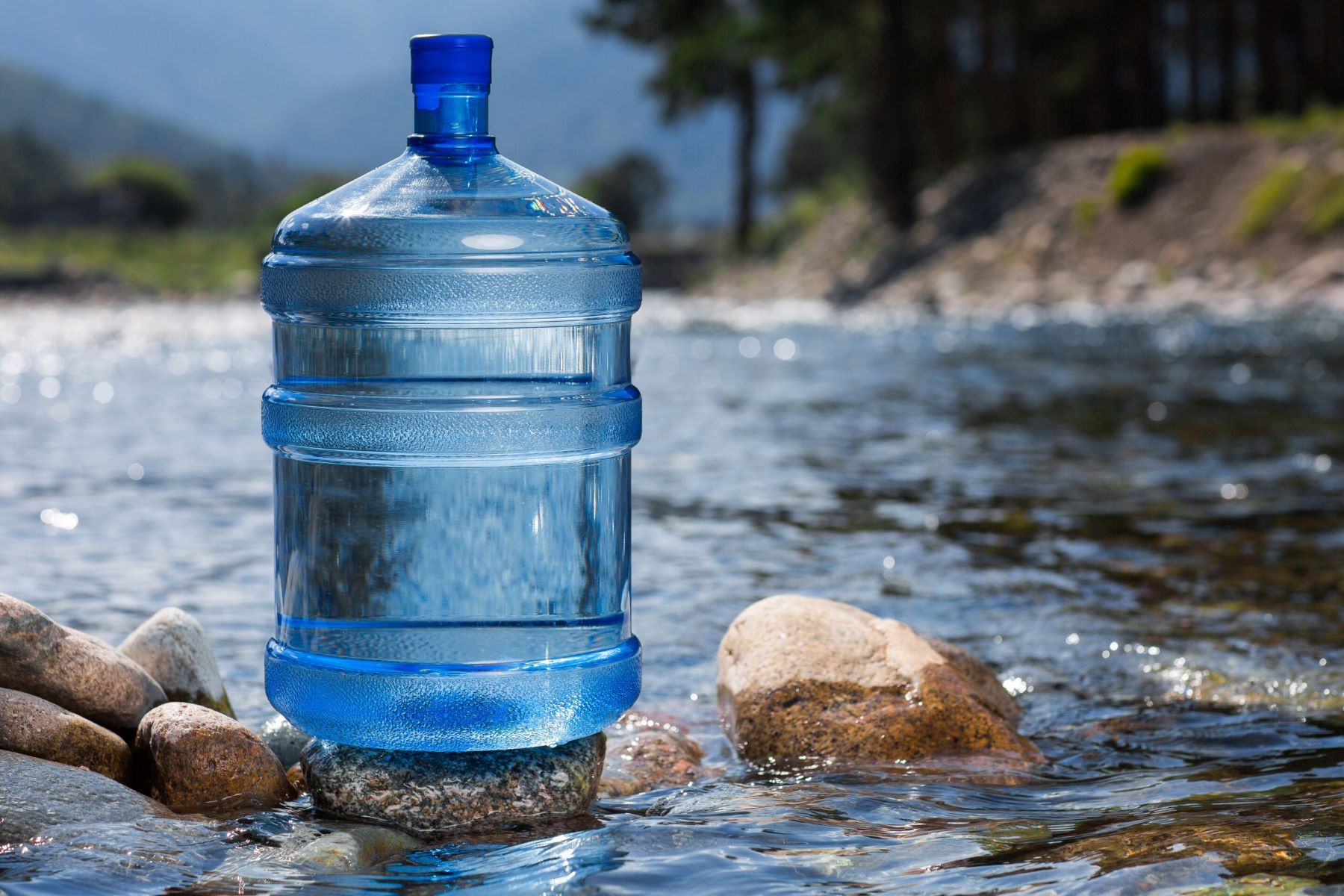
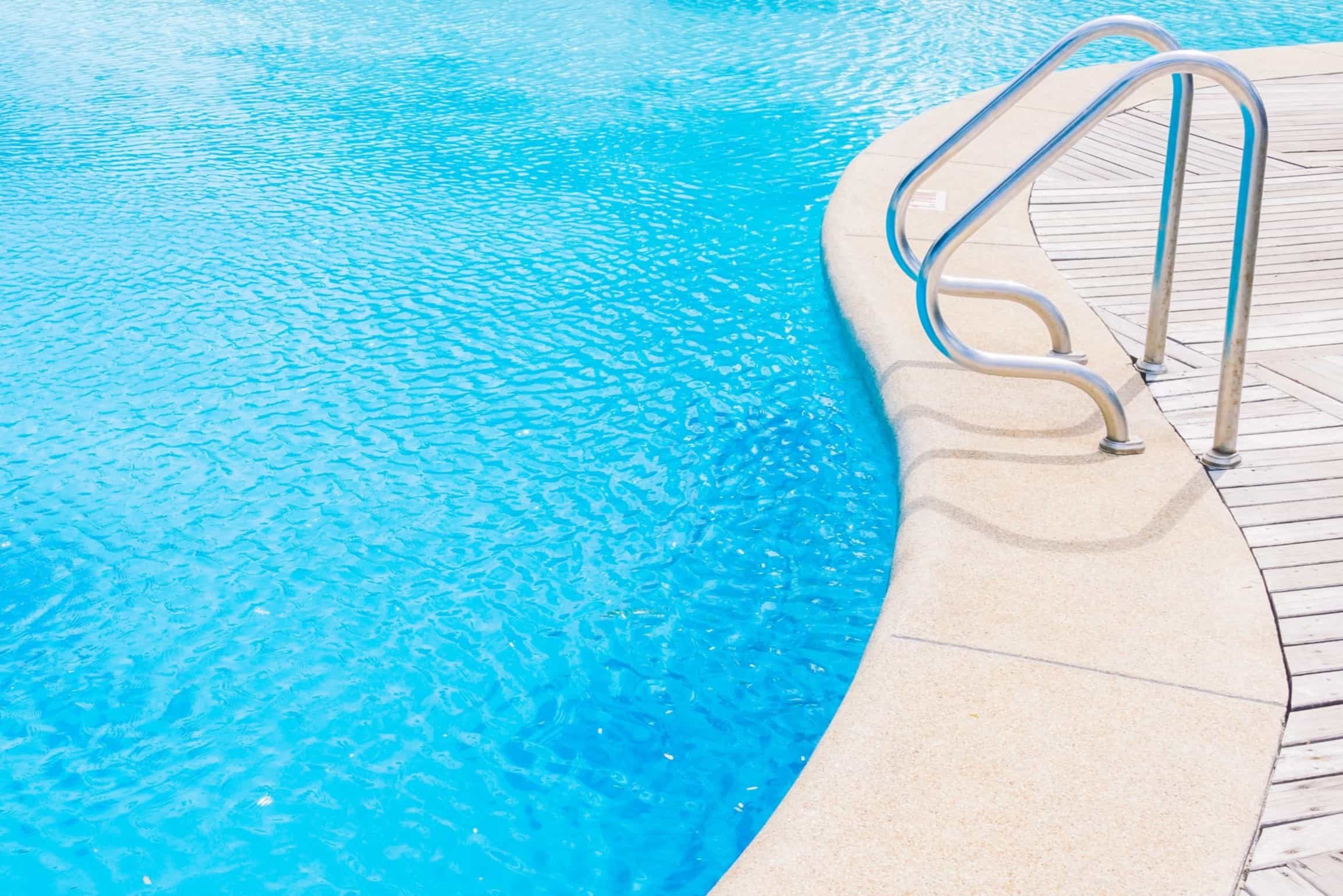
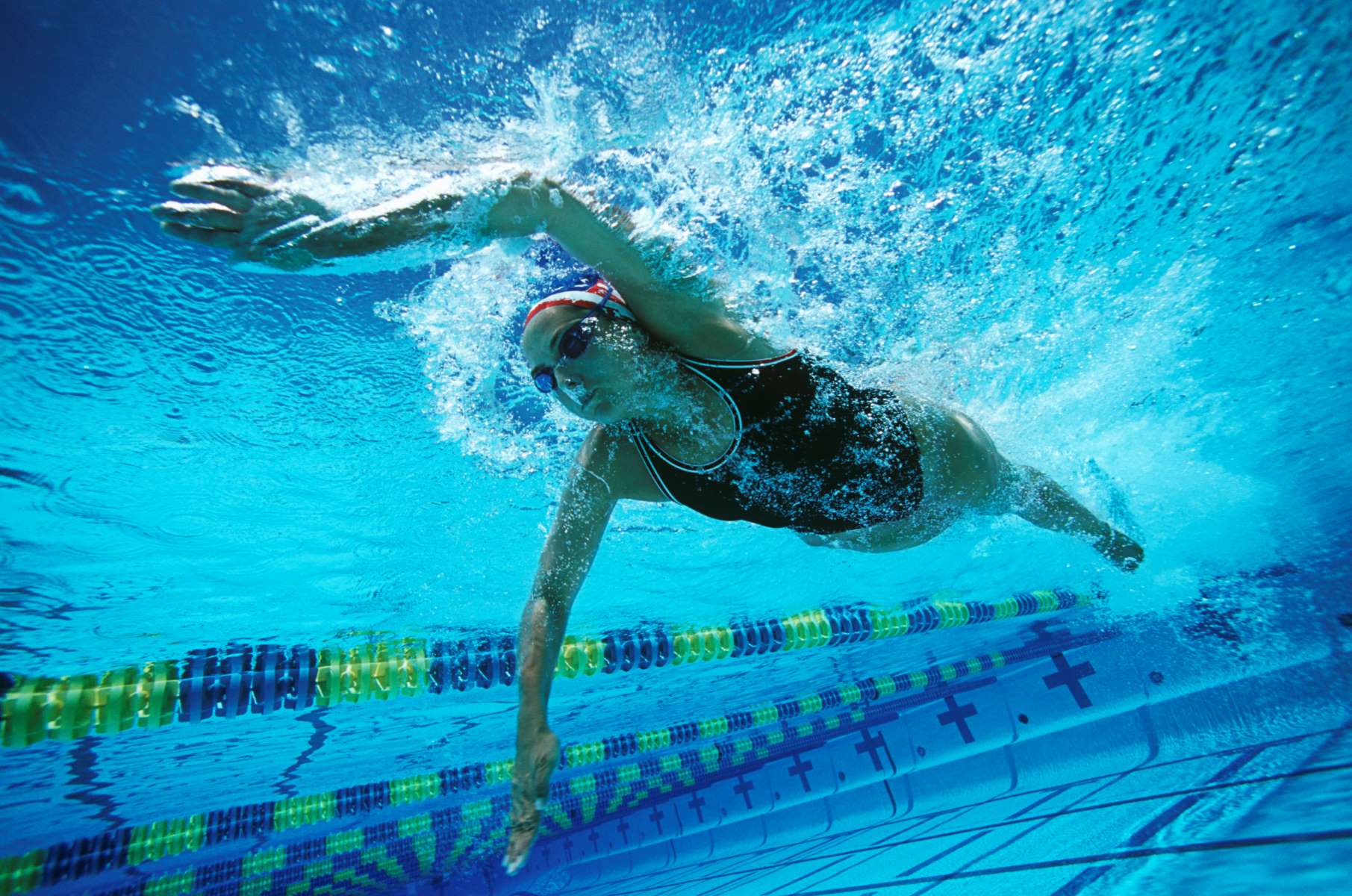


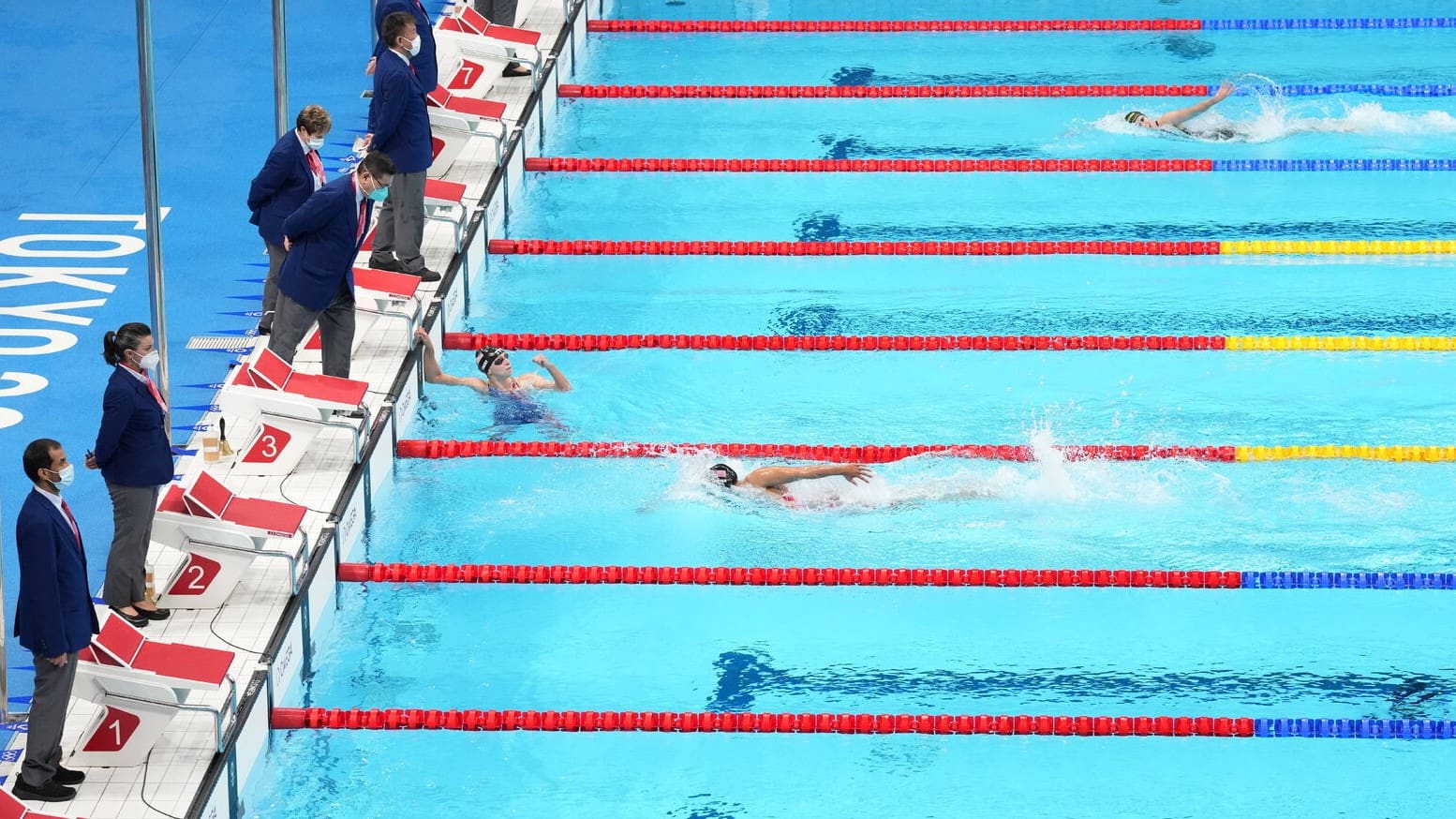
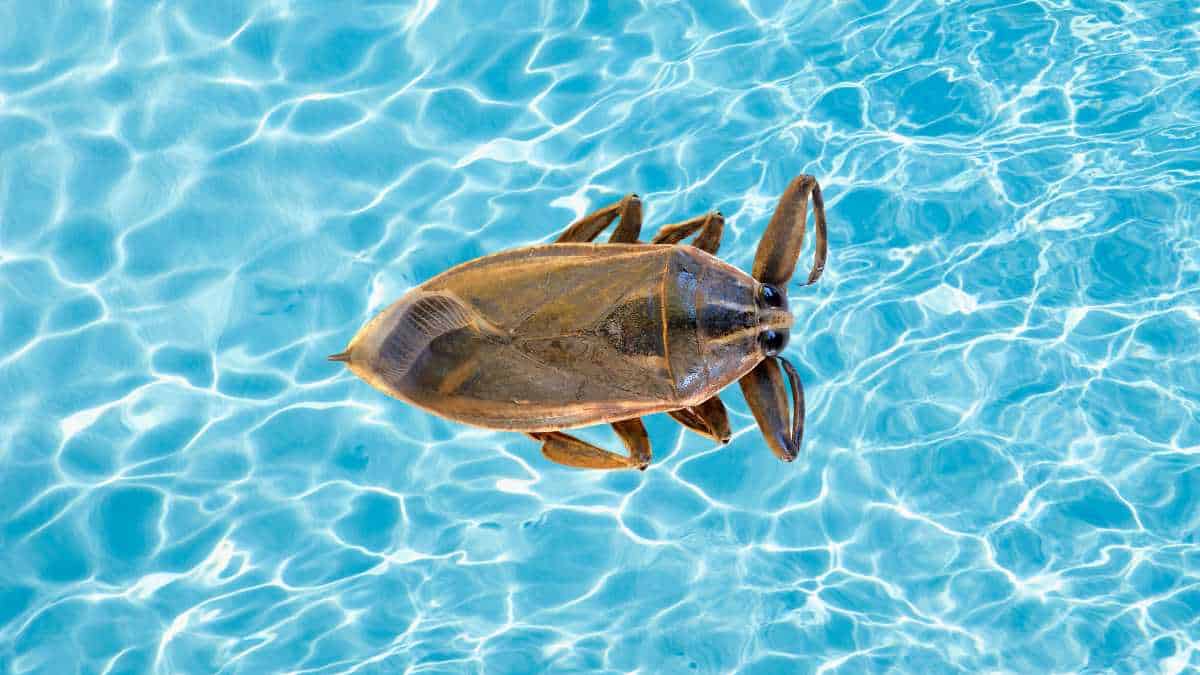
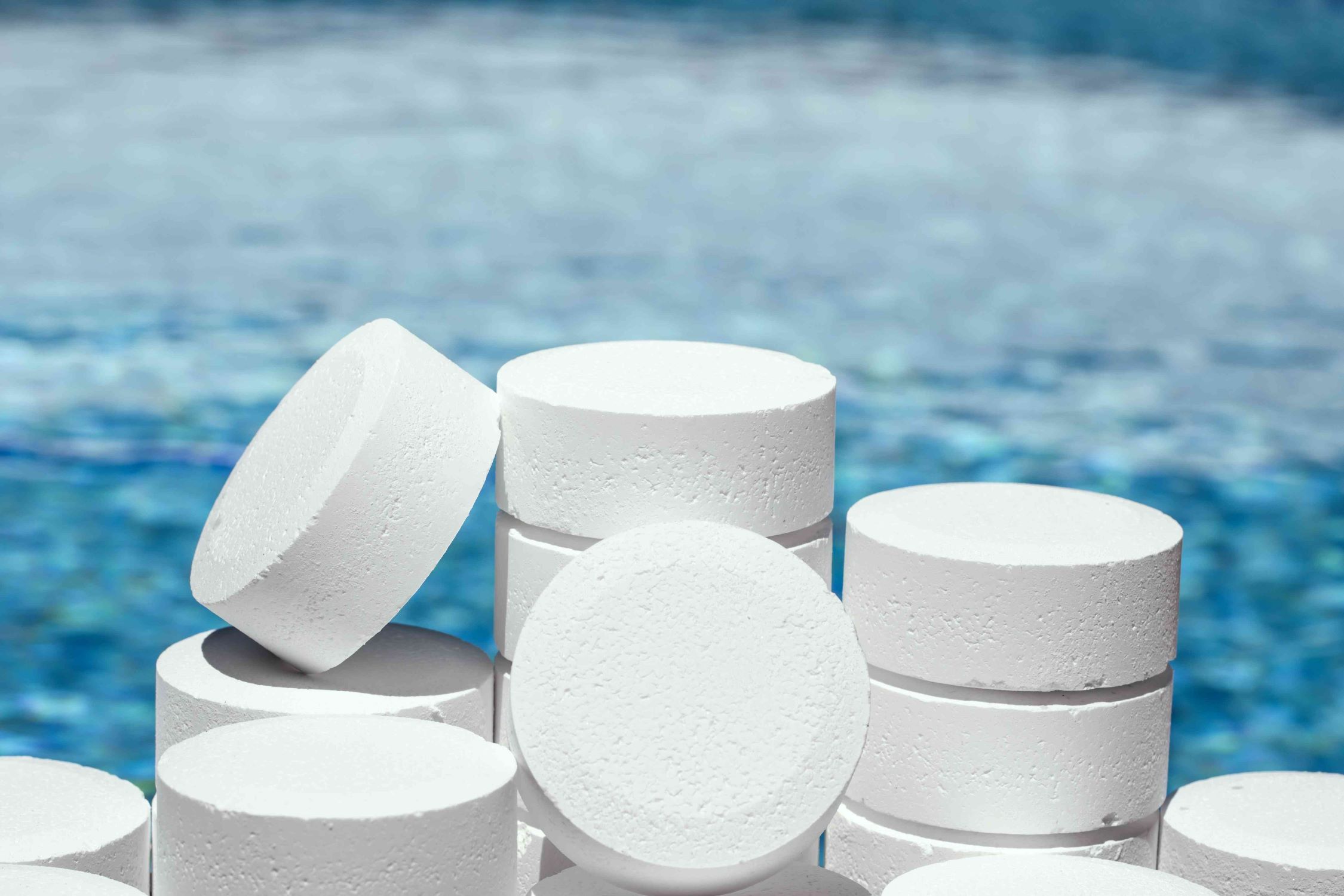
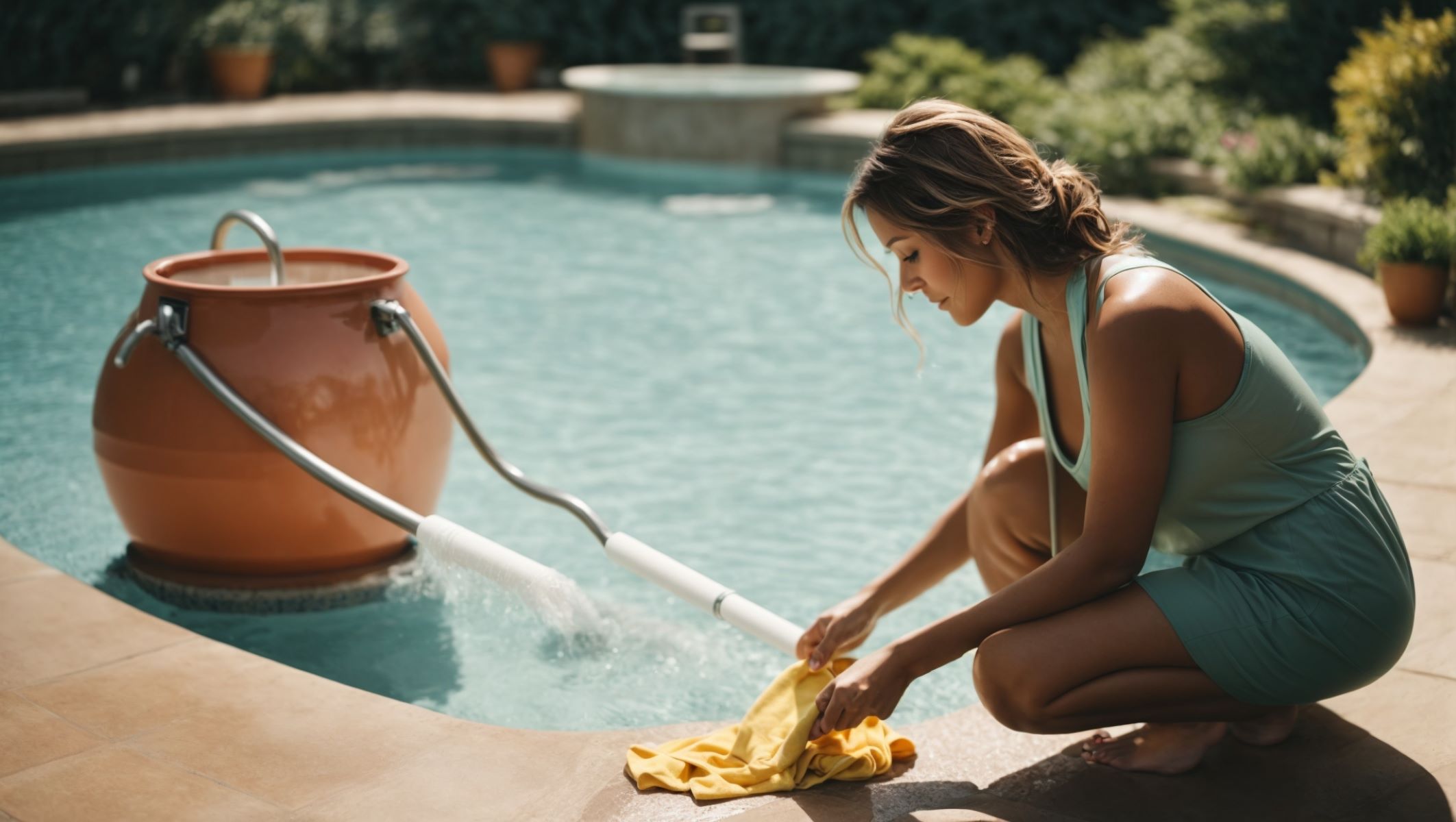

0 thoughts on “How Many Gallons Of Water In A Swimming Pool”